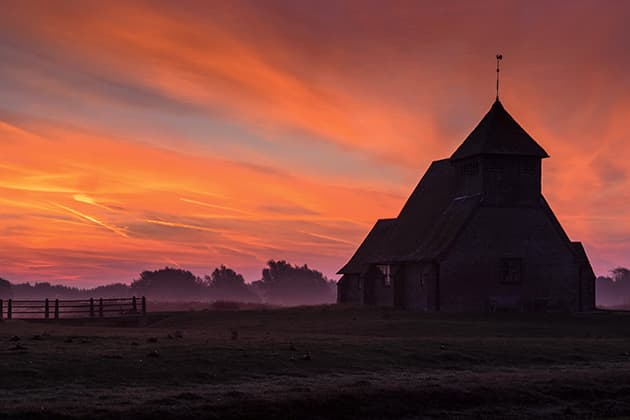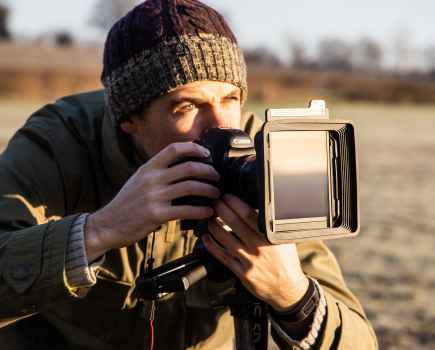Using backlight to create a silhouette is perfect for a lot of buildings, particularly churches, monuments, ruins and other landmarks, but it can also work with more modern architecture.
The first job is to choose a subject and, while you do have some leeway, you will need a building that can be clearly identified by its two-dimensional shape. The church on top of Glastonbury Tor in Somerset is a perfect example, particularly because its elevated location makes it stand out against the sky with no other distractions.
It’s much harder to create effective silhouettes of buildings or monuments in busy built-up areas. When choosing a subject, look out for other objects that can also be silhouetted, such as trees.
- The camera settings will depend on the light on the day and other variables, but try a reasonably narrow aperture, such as f/8. Keep a low ISO to avoid noise, and use exposure compensation to get the silhouette effect.
- Where you shoot the silhouette from is also important. Remember classic compositional devices like the rule of thirds and try to keep clutter and distractions to a minimum – aim for smooth, clean shapes.
- On a sunny day, you can also place the sun behind your subject for a nice contre-jour effect (literally ‘against day’). Don’t shoot the sun full on and watch out for lens flare unless you want to add this as an effect.
- In your image-editing software you can try converting to black & white or duotone, or deepening the black of the silhouette while boosting the colour and drama of the sky. You can also attempt creative cropping.







